Stream-lined brand engagement
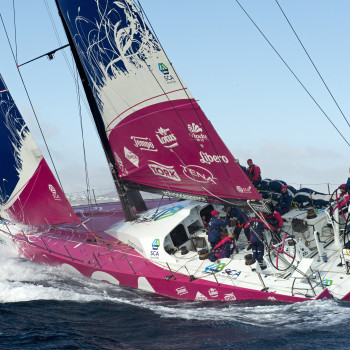
Given that 80% of SCA’s brand consumers are women, the company’s decision to send an all-female team into what previously was a male dominated sport, was a brave and inventive sponsorship, writes John McDonald
15 July 2015
GOTHENBERG, SWEDEN – As the majestic Volvo 65 yacht bearing the SCA colours crossed the finish line of the Volvo Ocean Race in mid-June, senior management at the paper towel and sanitary napkin giant will have congratulated themselves on an exceptionally brave and successful sports sponsorship adventure.
SCA is a leading global hygiene and forest products company. The company is the largest private forestry owner in Europe, operating an area the size of Belgium with sustainable forestry. Presenting an environmental angle is essential for this company which runs a scheme of planting three replacement trees for each one harvested.
In the Irish market the name SCA is not widely known itself, but its Tork range of paper-based hygiene solutions are universally used in bathrooms, while brands like Cushelle, Lotus and Plenty are sold through supermarkets and convenience stores. SCA claims that one in five paper toilet rolls used in Europe is from its range. The company is also a major player in the disposable nappy market, with a portfolio of diaper brands and it is a market leader in the female hygiene market with Bodyform. The strength of these individual products was part of the reason behind SCA’s decision to become involved in the Volvo Ocean Race, to increase recognition of the company name.
Sports sponsorship on another scale
In Ireland, sports sponsorship deals usually take place at a local level with retailers or brand owners supporting a team or sponsoring a league. SuperValu retailer Jim Garvey, for example, is a great exponent of local sports sponsorship with the Garvey’s SuperValu County Senior Football Championship. Leveraging this level of sponsorship is important and at a recent local sports sponsorship launch, Garvey encouraged team fans to support all local sponsors who have their name on the jersey as they are the people who support the clubs and teams. This would be the norm in Ireland, where various well-known domestic or internationally owned brands would sponsor a championship, a series or in the case of 3 Mobile, the national rugby team.
SCA’s sponsorship of a team in the Volvo Ocean Race was a beast of an entirely different nature. The audience is global. The race itself lasts for nine months, preceded by advance preparation of at least a year. There are nine stopover points along the race’s route and with the cost of a professional team and all the surrounding supports for this race estimated at anything up to €50 million, there is an intense necessity to strategize, plan, manage and execute a global value-for-money marketing exercise that would achieve the aims of the sponsorship project.
The Live Fearless campaign
Leveraging Team SCA’s all-female crew was a key part of the marketing objective around the female hygiene products in the SCA portfolio. Marketeers developed what they called the “Live Fearless” campaign, which using an online platform encouraged women to participate and succeed in whatever area they chose, using the Team SCA crew members as role models.
Well-written copy and a sharp website prompted an incredible response, with women sharing their personal achievements online and stating clearly that they had followed the example and advice of the Team SCA sailors.
SCA’s campaign included this powerful statement: “It’s hard to believe that only 50 years ago, women were actively encouraged to avoid normal everyday activities and stay close to home when they were on their period. Today you can do whatever you want and with our products you will feel protected and comfortable whatever you end up doing. So get out there and live fearless.” Women identified with the entire programme and the objective of an increase in brand loyalty was clearly achieved.
Sponsorship objectives
For SCA, however, this was not a simple project with a single objective. The company wanted to present itself as an exponent of sustainability, to demonstrate a true sense of corporate social responsibility and show a link between people and nature. The company wanted “brand SCA” to be a visible part of its trade and consumer brand portfolio and to present core values of “Respect, Efficiency and Excellence”.
At the race ShelfLife caught up with SCA’s UK communications manager Ben Heppenstall, who summed up the company’s efforts through the campaign. “Our participation in the Volvo Ocean Race represents a significant investment for SCA,” he said, “but it’s also a global initiative activated across all of our markets and is only one part of our worldwide marketing activities.
“Our ambition is to take SCA’s hygiene and forestry message around the globe and there is no better way, both literally and figuratively, to do this than to get behind a group of extraordinary women who embody our brand values.”
Team SCA
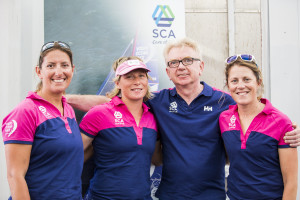
SCA team members Dee Cafari (left) and Abby Ehler with John Mc Donald of ShelfLife and Sam Davies, skipper of Team SCA, just before the Lisbon to Lorient leg of the yacht race
For a company whose brand consumers are 80% women, this was a brave and inventive sponsorship, sending an all-female team into what previously was a male dominated sport. The company wanted to be seen to support women to fully participate in society – socially, professionally and educationally – by enabling women to participate in an area traditionally reserved for men. By competing in the race the women were winners, and any leg wins or inshore race wins would be a bonus and just drive the publicity to even greater highs. It was a no-lose situation that paid off. “The Team SCA girls must love inshore racing,” one sailing report read. “After winning the In-Port Race in Abu Dhabi back in January, in March they won the New Zealand Herald In-Port Race Auckland, making them the first team to take two In-Port Race wins.” Team SCA followed this up with an incredible win on the Lisbon to Lorient leg. This triumphant show put an extra layer of value on what was already a very rewarding SCA sponsorship.
What’s the value of the TV coverage?
The ongoing value of TV coverage for the Volvo Ocean Race and its individual teams is a key metric for discussion within marketing departments. As of the end of the 2013-2014 race, the cumulative audience was 1.55 billion from 8,969 TV broadcasts. The TV audience has grown substantially since then and visits recorded to the live online race tracker are up from the 16 million visits to the end of the last race.
Life at sea
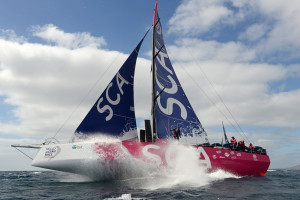 “You live a live that is very selfish. Everything revolves around us.” Team SCA skipper Sam Davies doesn’t mince words in describing preparation and competition in the Volvo Ocean Race. All she and her crew need to do is stay fit and steer the boat to the best of their ability, while a massive support team deals with everything else from logistics to engineering and onshore planning.
“You live a live that is very selfish. Everything revolves around us.” Team SCA skipper Sam Davies doesn’t mince words in describing preparation and competition in the Volvo Ocean Race. All she and her crew need to do is stay fit and steer the boat to the best of their ability, while a massive support team deals with everything else from logistics to engineering and onshore planning.
That’s not to say the sailing isn’t an extremely difficult challenge. Something as mundane as a little sunburn on your face or arms can seriously affect a crew member’s performance, so the crew are required to stay in peak physical fitness and take care in every aspect of their lives. “In the bigger picture the highs always exceed the lows,” says Abby Ehler, captain of Team SCA.
In the world of ocean racing it is universally acknowledged that the introduction of boats that look, feel, measure, weigh and perform identically given similar sea and wind states means that the most recent edition of the race features a level playing field when it comes to the vessels themselves. The implication of this for the women sailors of Team SCA was that they had the same kit, they just had to perform as well or better than the men on the other teams. The fact that they not only completed this gruelling race but they also placed in it is testament to their skill, tenacity and dedication, as well as the support they have received from their sponsors.
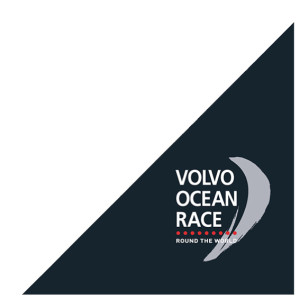 Volvo Ocean Race – Did you know?
Volvo Ocean Race – Did you know?
- The 2014–15 race was 39,379 nautical miles (73,000 kilometres), which is the longest route in its history.
- According to SCA skipper Sam Davies, each team member has to eat as many as 6,000 calories per day while racing on the boat.
- Some of the legs are up to three weeks long and there is no fresh food or fresh water on board.
- Mealtimes consists of foil packed dehydrated powder which has heated water, “desalinated” from sea water added to it (it is horrible in taste and texture).
- There are no luxuries on board as every kilo of extra weight slows the boat down. Short races mean one shared tube of toothpaste!
- The Team SCA boat achieves speeds of up to 30 knots under sail in the Southern Ocean, nearly 60 kilometres per hour.
- The crews often sail in waves that reach 100ft at times.



 Print
Print
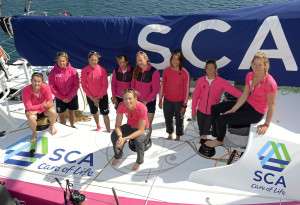
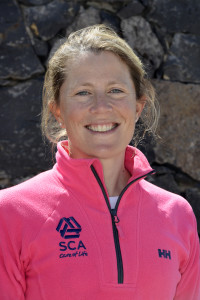


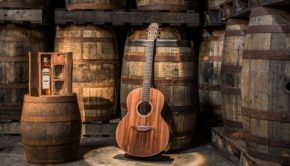

Fans 0
Followers